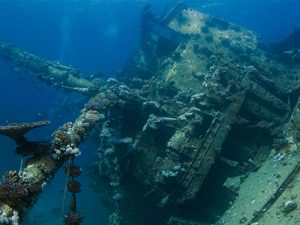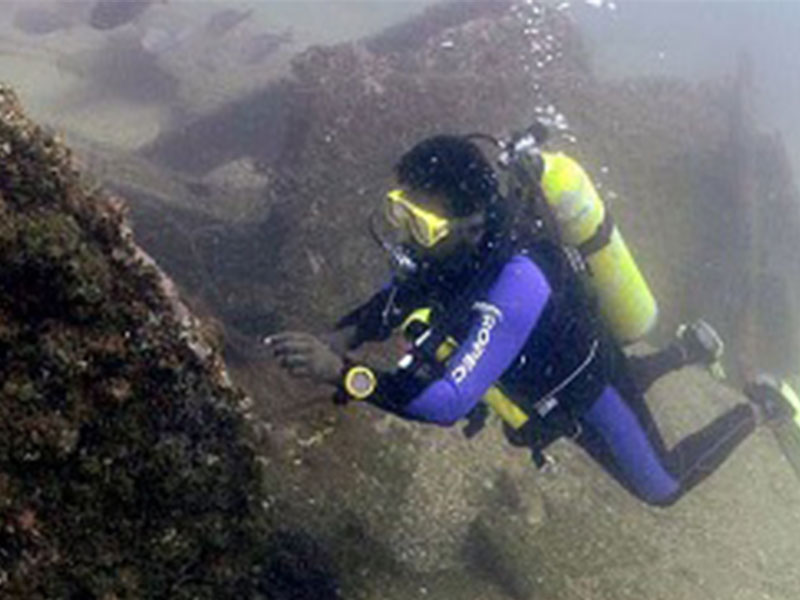In March 1961, Arthur C. Clarke and fellow divers were diving close to the British-built lighthouse on an offshore outcropping called the Great Basses Reef when they stumbled upon an old shipwreck containing thousands of silver coins and other artefacts.
The offshore lighthouse is located 13 km off the Yala National Park, and strong seas make it hard to approach for most of the year. Later research found that the wreck was of a Muslim trader ship that had sunk in 1703 while sailing the legendary Spice Route with a cargo of freshly minted silver Rupee coins, made in 1701 by order of Shah Aurangzeb, the last great mogul emperor of India who ruled from 1658 to 1707
The Sri Lankan SeaBed is scattered with a large number of shipwrecks that would attract tourists who would want to dive into these locations.
Submerged Treasures
As the global tide of shipwreck tourism washes ashore in 2024, Sri Lanka’s crystal-clear waters and rich maritime history position it for a surge in underwater exploration. From ancient trading vessels to colonial warships, the island nation’s submerged treasures promise a unique blend of adventure and discovery for divers and adventurers.
Treasures from the Deep:
Off the coast of Batticaloa, the wreck of the “Mulat,” a 17th-century Dutch East India Company ship laden with porcelain, spices, and precious stones, beckons treasure hunters and archaeologists alike. In Trincomalee, the remains of the British cruiser “Hawke” whisper tales of colonial battles, while near Galle, the “Earl Moira” offers a glimpse into the golden age of sailing.
Beyond the Gold:
Sri Lanka’s shipwreck tourism extends beyond sunken riches. The wreck of the “Lilian S,” a World War II cargo ship near Weligama, provides a poignant reminder of the war’s impact, while the “SS Taprobane,” a 1930s luxury liner near Colombo, evokes the bygone era of grand ocean voyages. These wrecks, meticulously preserved by Sri Lanka’s Marine Archaeology Unit, serve as underwater museums, teeming with marine life and coral reefs.
Sustainable Exploration:
Recognizing the potential dangers of unchecked tourism, Sri Lanka is prioritizing responsible shipwreck exploration. Collaborative research projects between archaeologists and local communities ensure the wrecks are protected and studied, while awareness campaigns educate divers about sustainable practices. Additionally, dive operators are encouraged to adopt eco-friendly policies, minimizing their impact on the fragile marine environment.
Tech Drives Discovery:
Advanced technology is unlocking new secrets hidden beneath the waves. Underwater drones capture stunning footage of the wrecks, revealing intricate details and providing virtual tours for landlubbers. 3D mapping techniques document the wrecks with unprecedented accuracy, aiding preservation efforts and scientific research.

Link to National Shipwreck Database:https://nsd.ccf.gov.lk/index.php







